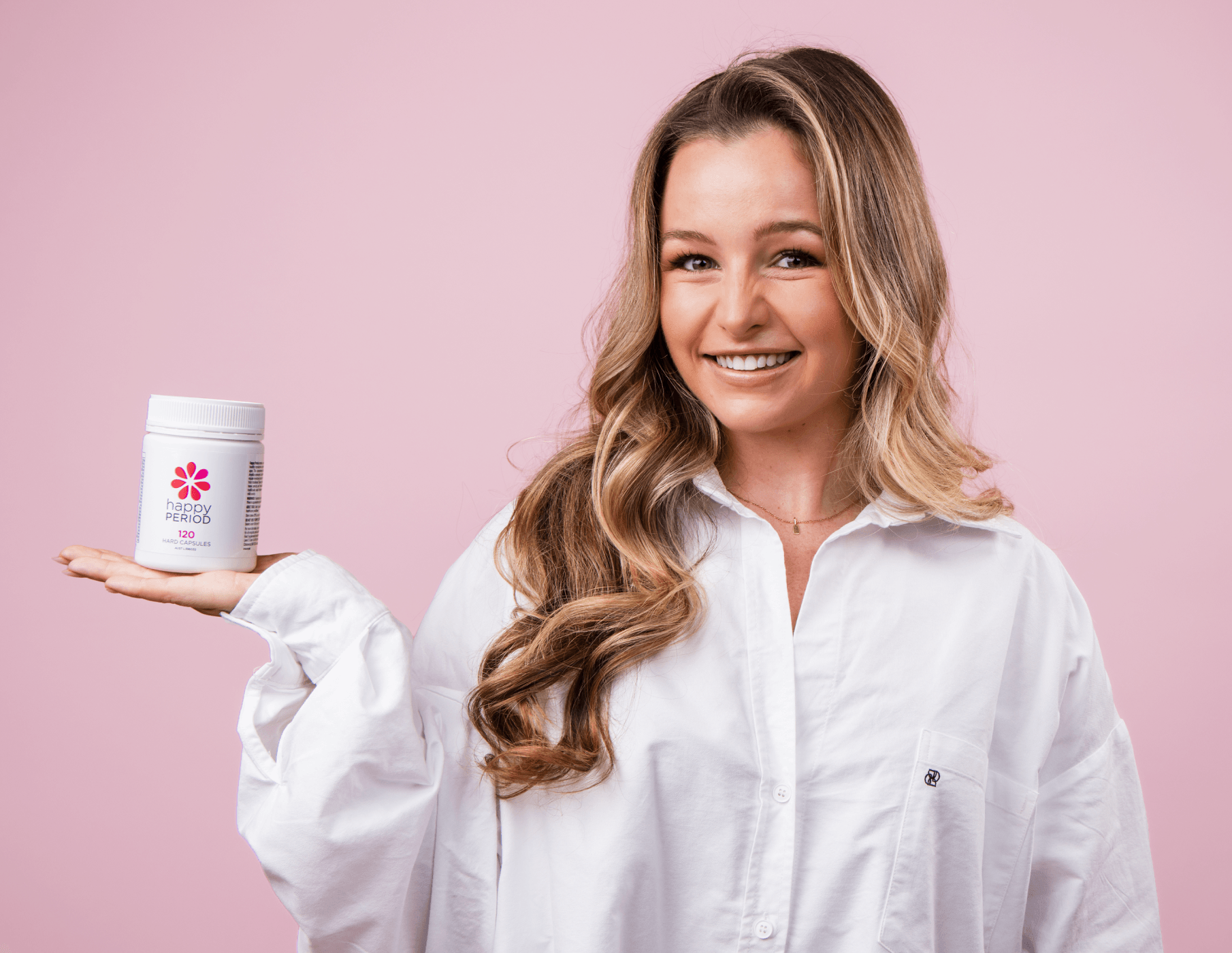If you’re working to support your hormonal health- whether it’s managing mood swings, easing PMS, navigating perimenopause, or improving energy during menopause- exercise plays a crucial role. But not all exercise is created equal, especially when your hormones are in flux.
That’s where plyocentric training comes in.
This low-impact, hormone-supportive approach focuses on dynamic movement, gentle resistance, and strategic recovery to work with your body, not against it.
What is Plyocentric Training?
Plyocentric exercise is a form of training that emphasises muscle engagement and mobility without the strain of high-impact cardio or heavy lifting. It’s about moving intelligently- with purpose and control-to help regulate cortisol, boost circulation, and support your nervous system.
Think of it as movement designed for your hormones: functional, sustainable, and tailored to meet your body where it’s at.
Why It’s Great for Hormonal Health
Hormonal fluctuations can cause a cascade of symptoms- fatigue, anxiety, weight gain, joint pain, and sleep issues. For women with conditions like PCOS, or those going through perimenopause or menopause, the traditional “go hard or go home” workout mentality often backfires, increasing stress on the body and worsening symptoms.
Plyocentric training offers a different path. By combining gentle strength work, mobility drills, and mindful movement, it helps to:
Reduce cortisol (your stress hormone)
Improve insulin sensitivity
Support a healthy metabolism
Encourage lymphatic drainage
Enhance circulation and oxygen delivery
Increase muscular endurance without overtraining
Pairing Movement with Supportive Nutrition
If you’re using products like Happy Hormones to help balance your system naturally, pairing them with hormone-supportive movement like plyocentric training can amplify results. You’re nourishing your body from both the inside and out- supporting the glands, tissues, and pathways that keep your hormones in sync.
Movement That Meets You Where You Are
Whether you’re in your 30s dealing with cycle irregularities, in your 40s navigating perimenopause, or in your 50s looking for strength and stability post-menopause, this form of exercise is adaptable. It's about listening to your body’s needs and honouring them- rather than pushing through at all costs.
Final Thoughts
Hormone health is about more than diet and supplements- it’s also about how you move. If your current workouts leave you feeling exhausted, inflamed, or wired, it might be time to try something different. Plyocentric movement offers a grounded, effective way to build strength, reduce stress, and support your body during hormonal changes- at any age.







Leave a comment
This site is protected by hCaptcha and the hCaptcha Privacy Policy and Terms of Service apply.